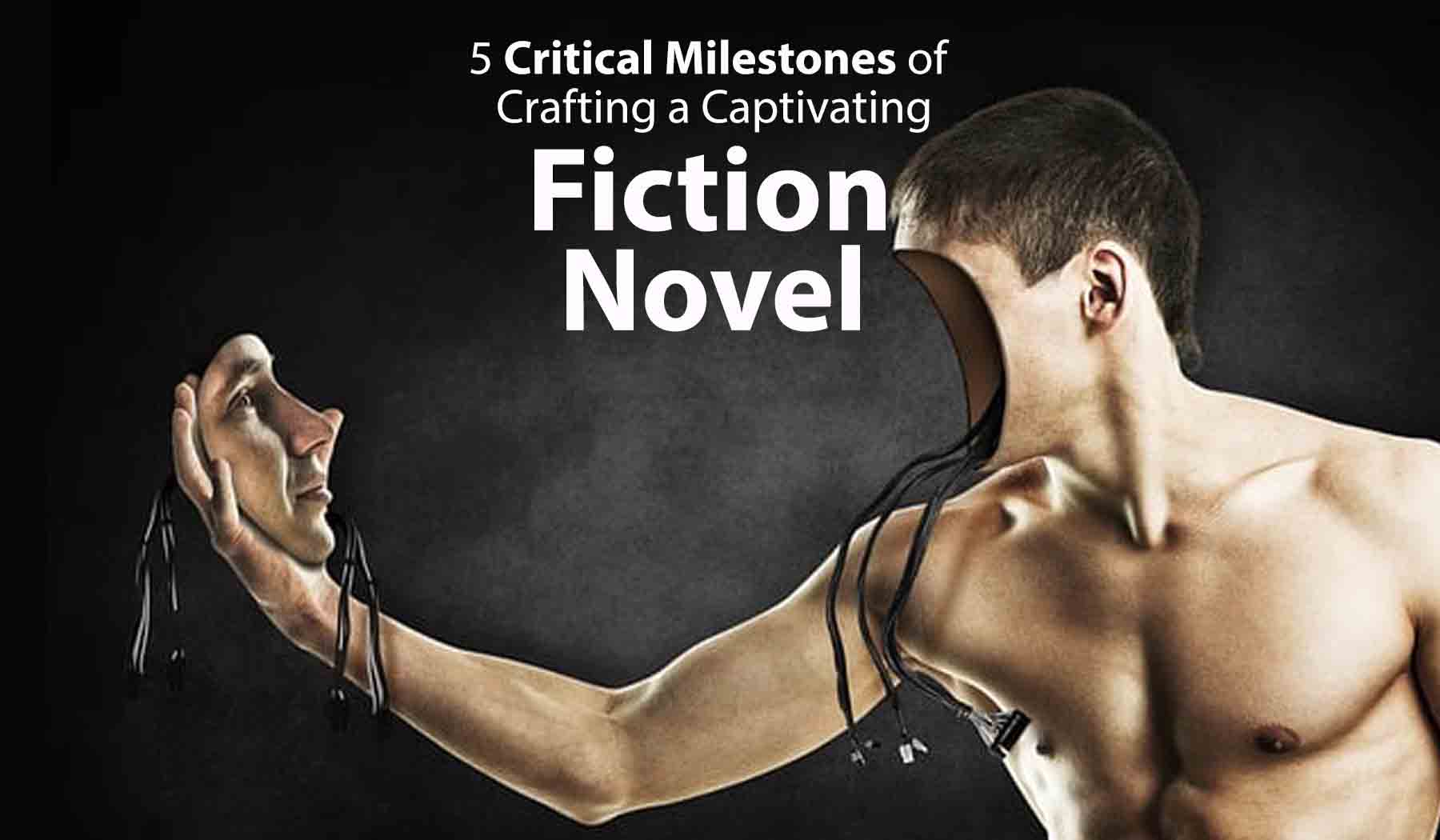Writing a fiction novel is an exhilarating and rewarding journey, but it can also be a daunting task for many aspiring authors.
Whether you are an experienced writer or just beginning your literary adventure, breaking down the novel-writing process into manageable milestones can make the task more achievable and less overwhelming.
Let’s explore five critical milestones that will guide you from the initial concept to a completed fiction novel that captivates readers and stands the test of time.
1. Crafting the Seed of Inspiration
Every compelling novel starts with a single spark of inspiration.
This milestone focuses on exploring ideas and developing the core concept that will drive your story forward.
Here’s how to get started:
- Exploring Themes: Brainstorm a range of themes that resonate with you, considering your interests, passions, and the emotions you want to evoke in readers.
- Identifying Genre: Determine the genre that aligns with your chosen themes, as it will shape the tone, style, and conventions of your novel.
- Creating Engaging Characters: Develop well-rounded characters with distinct personalities, backgrounds, and motivations that will anchor your story.
2. Crafting a Solid Plot Structure
Once you have a clear idea of what your novel will be about, it’s time to build a sturdy foundation by crafting a compelling plot structure:
- Inciting Incident: Begin with an attention-grabbing event that sets your protagonist on their journey and introduces the central conflict.
- Rising Tension: Develop a series of escalating challenges and obstacles that test your characters and keep readers eagerly turning pages.
- Climax: Reach the peak of tension where the main conflict comes to a head, and the protagonist must make a critical decision.
- Falling Action: Begin the resolution process, tying up loose ends and guiding the story towards closure.
- Denouement: Conclude your novel with a satisfying and impactful resolution that resonates with readers.
3. Writing the First Draft with Fervor
With a clear plot structure in mind, it’s time to dive into the writing process with passion and determination:
- Setting Writing Goals: Establish a writing schedule that suits your lifestyle and set realistic daily or weekly word count targets.
- Silencing Your Inner Critic: Embrace imperfection during the first draft and silence your inner critic; there will be time for revisions later.
- Finding Your Writing Environment: Discover an environment that inspires creativity and minimizes distractions, helping you stay focused on the task at hand.
- Building Writing Momentum: Keep the momentum going by writing regularly and consistently, even if some days feel more challenging than others.
4. Refining Your Manuscript
With the first draft complete, it’s time to refine and polish your manuscript to make it shine:
- Rest and Recharge: Take a break from your manuscript to gain a fresh perspective. Let your mind rest before diving into the editing process.
- Structural Editing: Evaluate your novel’s overall structure, pacing, and character arcs to ensure a cohesive and engaging narrative.
- Line Editing: Pay close attention to the language and style, refining sentences and paragraphs to enhance clarity and flow.
- Seeking Feedback: Share your work with trusted beta readers or writing groups to gain valuable insights and constructive criticism.
- Revising and Rewriting: Be prepared to revise and rewrite parts of your novel as needed, keeping your eyes on the ultimate goal of creating a polished and compelling story.
5. Navigating the Publishing Process
Congratulations on reaching this milestone! You now have a polished manuscript ready for the world to read.
Here’s how to navigate the publishing process:
- Researching Publishing Options: Explore traditional publishing, self-publishing, or hybrid publishing to find the best fit for your goals and resources.
- Querying Agents or Publishers: If pursuing traditional publishing, write compelling query letters and research literary agents or publishers to submit your work.
- Self-Publishing Considerations: If self-publishing, research and plan for cover design, formatting, distribution, and marketing strategies.
- Building an Author Platform: Establish an online presence through social media, a website, or a blog to connect with readers and promote your novel effectively.
- Marketing and Promotion: Develop a marketing plan to generate buzz around your book, including book launches, book tours, and collaborations with other authors.
Breaking it Down into Manageable Milestones
Writing a fiction novel is undoubtedly a challenging endeavor, but breaking it down into manageable milestones can make the process more achievable and enjoyable.
From crafting the initial seed of inspiration to navigating the publishing world, each milestone brings you closer to realizing your dream of becoming a published author.
Embrace the journey, stay persistent, and remember that every step you take brings you closer to achieving your goal of writing a fiction novel that captivates and enchants readers.










